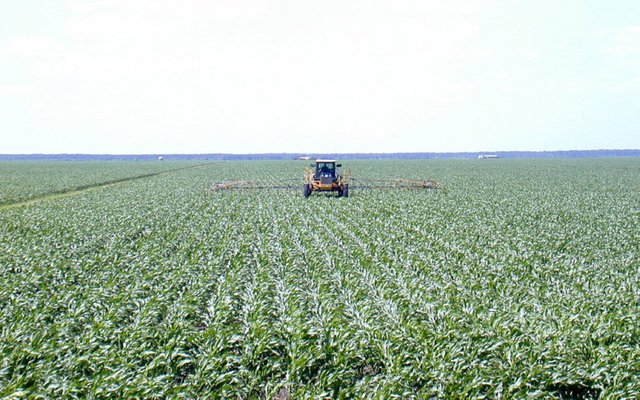"Sometimes if you timed it just right, you could get away with just one spraying. Now we’re spraying as often as three or four times a year," he said.
As glyphosate became less effective, farmers also turned to even more pesticides to try and grow successful crops each year.
Glyphosate was first introduced by Monsanto in 1974.
But it was 1990s, when the company released genetically modified corn, soybean and cotton seeds that could withstand the weed killer that the use of glyphosate saw a dramatic increase.
Resistance fears, and probability, continues to mount ... “In any biological system, when you make such a dramatic shift to a very limited number of options to control a pest, that system is very likely going to evolve,”

We now have a global health and contamination epidemic, and potentially worse, a fragile agricultural system teetering on the brink with all the chips pushed into the table betting on the ever under-performing and toxic Round Up.
Glyphosate on crops increased from 13.9 million pounds in 1992 to 287 million pounds in 2016.
A Glyphosate Epidemic.
Some pest can be very dangerous on ones farm or towards ones crop. They should be dealt with and avoided
Downvoting a post can decrease pending rewards and make it less visible. Common reasons:
Submit